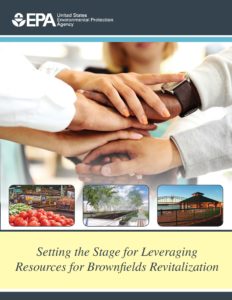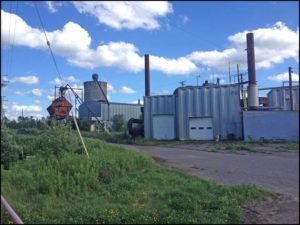The DNR brownfields program is pleased to present “Beans & Brew,” a seven-minute video highlighting the remediation and redevelopment efforts undertaken by Milwaukee’s Colectivo Coffee and the Potosi Brewery. These two stories highlight the impressive impact of collaboration between private industry, local public sector supporters and the DNR.
Over 20 years of experience has shown that cleanups are both possible and profitable. The environment and the economy can benefit together, as confirmed by a recent UW-Whitewater study.
Beans & Brew is the brownfields program’s most recent video to highlight a successful cleanup and redevelopment project in Wisconsin. Other videos can be seen on the agency’s YouTube channel. Write-ups on these and 101 additional successful redevelopment stories are available at http://dnr.wi.gov/topic/Brownfields/Success.html.


 An
An 
